Spousal IRAs: Rules, Contribution Limits, Examples, and More

Estimated reading time: 6 minutes
Planning for retirement isn’t just for those earning a paycheck.
Thanks to spousal IRAs, non-working spouses can also build their own retirement savings.
A “spousal IRA” is not a special type of account, but rather a contribution strategy that allows a working spouse to contribute to an IRA on behalf of a non-working or low-income spouse. This can be especially valuable for households where one spouse takes time off from work to raise children, pursue education, or support the family in other ways.
In this article, we’ll break down the rules, contribution limits, and potential benefits of spousal IRAs, helping you determine if it’s the right strategy for your household.
Table of Contents
- What is a Spousal IRA?
- How Is a Spousal IRA Different from a Regular IRA?
- Who Qualifies for a Spousal IRA?
- Contribution Limits
- A Few Key Examples
- Frequently Asked Questions
- How to Open and Fund a Spousal IRA
What is a Spousal IRA?
A spousal IRA is a strategy that allows a non-working or lower-earning spouse to contribute to an IRA, even if they don’t have earned income. This enables married couples to maximize their tax-advantaged retirement savings, even when only one spouse is actively earning income.
How Is a Spousal IRA Different from a Regular IRA?
A spousal IRA isn’t different from a “regular IRA” because a spousal IRA is the same as any other IRA.
It follows the same rules as a traditional IRA or Roth IRA. The key difference is who is funding the account. Normally, IRA contributions must come from the account holder’s earned income. However, with a spousal IRA, the working spouse’s income can be used to fund both their own IRA and their spouse’s IRA.
Who Qualifies for a Spousal IRA?
To take advantage of a spousal IRA, a couple must meet the following requirements:
- Marital Status: The couple must be legally married and file joint tax returns.
- Earned Income: The working spouse must have enough earned income to cover both their own IRA contributions and their spouse’s.
- IRA Eligibility Rules Apply: The non-working spouse can open either a traditional IRA or Roth IRA, following the same contribution limits and income limits that apply to all IRAs.
By using a spousal IRA, couples can double their IRA contributions, helping them build a stronger retirement portfolio, take advantage of tax benefits, and plan for the future together.
Spousal IRA Contribution Limits for 2025 and Beyond
Spousal IRAs follow the same contribution limits as any other IRA.
For 2025, the limits are:
- Under Age 50: $7,000 per person
- Age 50 or older (catch-up contribution): $8,000 per person
For example, Sam and Diane are both 52 and married. Sam has taken a break from the workforce while Diane earns $150,000 a year. So, Diane can contribute $8,000 to her IRA and Sam can contribute $8,000 to his own IRA, taking advantage of spousal and catch-up contributions.
However, these limits are subject to annual IRS adjustments, so it’s important to check for updates in future years.
Important: Investment income, rental income, and Social Security benefits do not count as earned income for IRA contribution purposes.
Spousal IRA Examples
Here are a few distinct scenarios where contributing to a spousal IRA could be beneficial:
1. Stay-at-Home Parent Building Retirement Savings
Jamie and Alex are married and file taxes jointly. Jamie is a stay-at-home parent with no earned income, while Alex works full-time and earns $100,000 per year. Since Alex earns more than enough to cover two IRA contributions, Jamie can open a spousal IRA and contribute up to the annual limit.
This allows Jamie to build retirement savings even though they aren’t currently working. If they choose a Roth IRA, the withdrawals in retirement will be tax-free.
2. One Spouse is Temporarily Unemployed
Maria and David both worked full-time, but Maria lost her job this year and has no earned income. David still earns $85,000 per year. Even though Maria isn’t working, she can contribute $7,000 to her IRA due to David’s income.
3. Taking Advantage of Lower Tax Brackets Now with a Roth IRA
Ethan earns $140,000 per year, while his spouse, Sarah, is currently in medical school and has no income. Once Sarah graduates, she expects to earn a lucrative salary.
To take advantage of their current lower tax bracket, Ethan contributes the maximum allowed amount to a Roth IRA in Sarah’s name. Since Roth IRA contributions are made with after-tax dollars, the funds will grow tax-free and can be withdrawn tax-free in retirement (after age 59½), regardless of Sarah’s future high income.
This strategy ensures Sarah has tax-free retirement savings even if she reaches a top tax bracket later in her career.
4. Self-Employed Spouse with Variable Income
Mark is a freelancer whose income fluctuates, and some years he doesn’t earn much at all. His spouse, Rachel, earns a steady $120,000 salary. During years when Mark earns little or nothing, Rachel contributes to a spousal IRA on his behalf to ensure he doesn’t miss out on tax-advantaged savings.
Mark still gets to save for retirement even during low-income years, avoiding lost years of compounding growth.
Spousal IRA: Frequently Asked Questions
Here are a few of the most common questions we receive about spousal IRAs:
1. So, if my spouse earns more than the Roth income limits and I don't work, they cannot contribute to a Roth IRA in my name?
Correct. If your spouse’s modified adjusted gross income (MAGI) exceeds the Roth IRA income limits, they cannot contribute to a Roth IRA in your name (or their own) for that year, even if you personally have no earned income.
2. Does the non-working spouse have to open a separate “spousal” IRA, or can they use their existing IRA?
There is no special type of “spousal IRA.”
The non-working spouse simply contributes to a traditional or Roth IRA in their own name, just like any other IRA. If they already have an existing IRA, they can continue contributing to that account as long as they meet eligibility requirements. If they don’t have an IRA, they will need to open one in their name before contributions can be made.
3. What happens to a spousal IRA in the case of divorce?
Since a “spousal IRA” is owned by the non-working spouse, it remains in their name, even in the event of divorce.
However, during divorce proceedings, IRA assets may be subject to division depending on state laws and any agreements outlined in the divorce settlement. If an IRA is split, it must be done according to a Qualified Domestic Relations Order (QDRO) to avoid tax penalties.
How to Open and Fund a Spousal IRA
Since a spousal IRA is simply an IRA, opening one is a straightforward process. However, if you’re looking to expand your investment options beyond traditional stocks and bonds, you might want to consider a self-directed IRA (SDIRA).
Why Choose a Self-Directed IRA?
Most IRA providers limit your investment options to stocks, bonds, and mutual funds, leaving your retirement portfolio largely to the whims of the public markets. An SDIRA allows you to invest your IRA funds in a wider range of assets, including real estate, precious metals, private equity, and more.
In other words, you gain the freedom to diversify your retirement portfolio into alternative assets while still benefiting from the tax advantages of an IRA.
How to Open a Spousal Self-Directed IRA at Entrust
Opening a spousal SDIRA is simple and can be done in a few easy steps:
- Check Eligibility – Ensure the working spouse has enough earned income to cover both IRA contributions.
- Choose Your IRA Type – Decide whether a traditional SDIRA (tax-deferred growth) or a Roth SDIRA (tax-free growth) is the right fit.
- Open an Account – With Entrust, you can open an SDIRA online in just 10 minutes with a government-issued ID.
- Fund the Account – Add funds through one or more of the following methods:
- Contribution – Deposit funds for the current tax year, ensuring you don’t exceed the current contribution limits.
- Transfer – Move funds from an existing IRA.
- Rollover – Roll over a 401(k) or other employer-sponsored plan.
- Select Investments – Once your SDIRA is funded, you can start investing in alternative assets that align with your long-term financial goals.
Before making contributions, confirm that:
- You file taxes jointly as a married couple.
- The working spouse has enough earned income to support both contributions.
- The non-working spouse does not exceed income limits (for Roth IRAs).
By following these steps and considering an SDIRA, you can unlock greater investment flexibility while building a diverse, tax-advantaged retirement portfolio.
Want to learn more about SDIRAs? Download our SDIRA Basics Guide.
Inside, you’ll learn what an SDIRA can and cannot invest in, potential pros and cons, and IRS rules to be aware of before opening one of these accounts.
Note: The content provided here is for informational purposes only and should not be considered financial, tax, or investment advice. Always consult with a trusted tax or financial advisor to determine what is best for your unique situation.




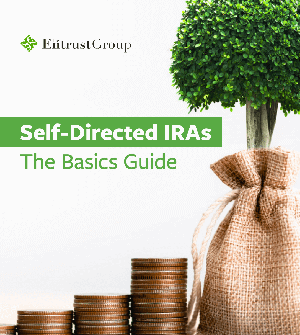






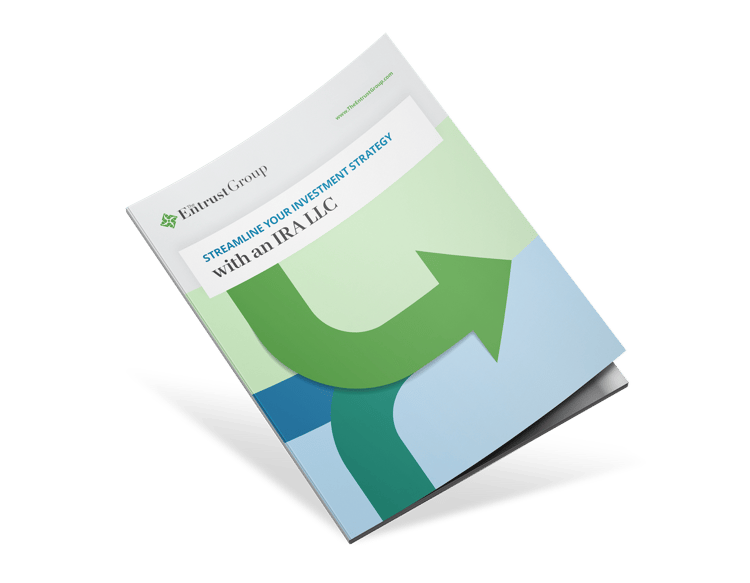

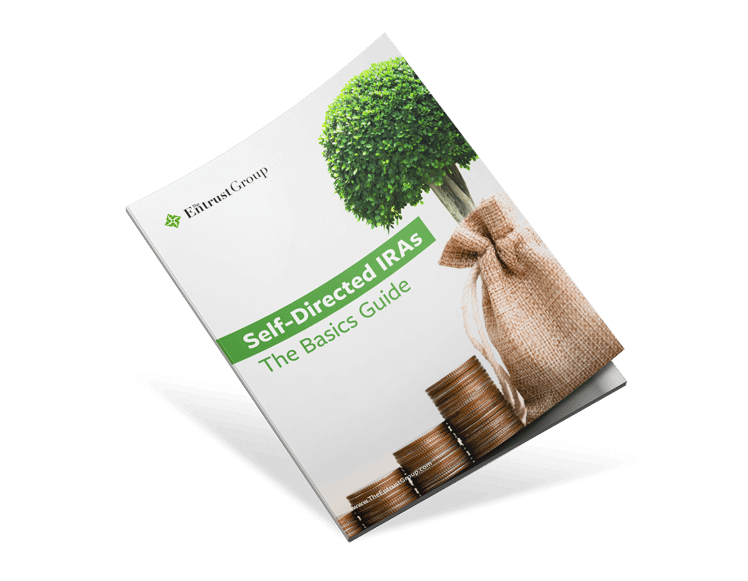







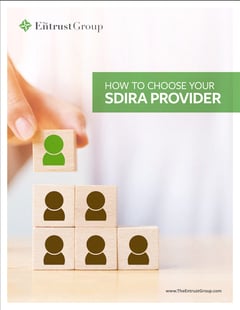

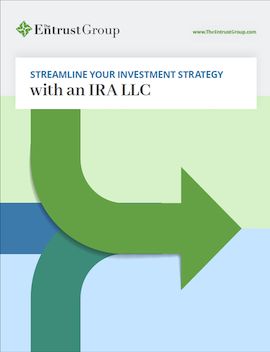

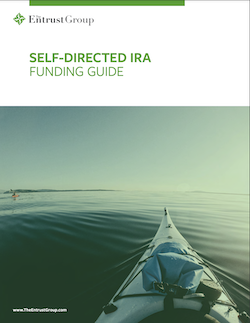

0 Comment